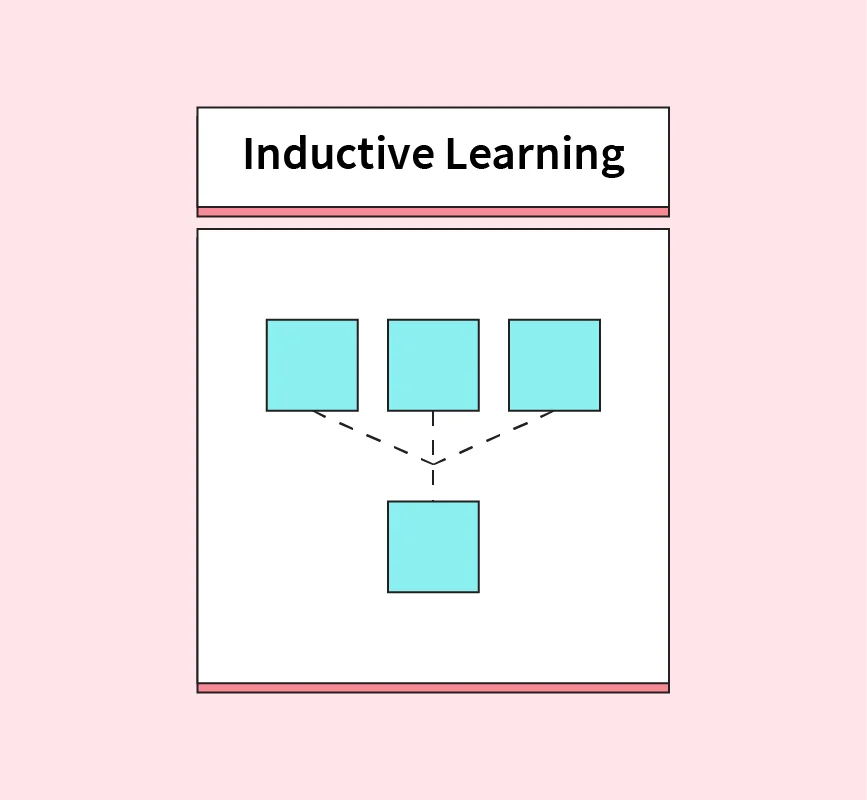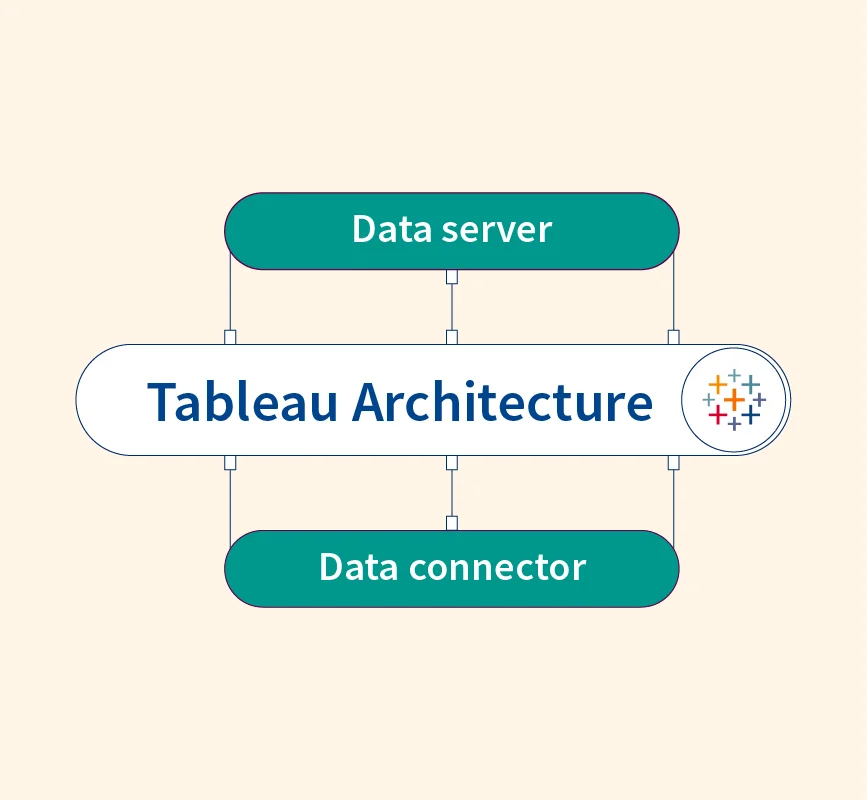Artificial Intelligence (AI) is transforming industries and society by enabling machines to perform tasks that typically require human intelligence. From healthcare to finance, AI is at the heart of innovation, solving complex problems, and driving data-driven decisions. Understanding the goals of AI is essential as they influence advancements that shape technology and economic progress.
The primary objectives of AI range from automating decision-making processes to enhancing human creativity and ensuring precision in industries like healthcare and manufacturing. These goals reflect AI’s potential to optimize productivity, foster innovation, and address global challenges, making it a cornerstone of the future.
This article explores the top goals of Artificial Intelligence, their applications across various fields, and their transformative impact on modern life.
What are the Goals of Artificial Intelligence?
The goals of Artificial Intelligence (AI) serve as guiding principles that drive research, development, and practical applications in the field. These objectives focus on replicating, enhancing, and optimizing human intelligence to address complex challenges and improve overall efficiency.
At its core, AI strives to create systems that can perform tasks requiring reasoning, learning, perception, and decision-making. By mimicking human cognitive functions, AI seeks to automate repetitive processes, analyze vast datasets, and enable machines to make decisions faster and more accurately than humans.
The overarching aim of AI is to solve real-world problems across industries, enhance productivity, and deliver innovative solutions. Whether it’s predicting trends, improving medical diagnoses, or enabling autonomous systems, AI’s goals align with transforming how humans interact with technology and information.
Primary Goals of AI
AI’s primary goals revolve around solving real-world problems, improving human decision-making capabilities, automating tasks, and driving innovation. These goals make AI integral to enhancing efficiency across industries, fostering creativity, and enabling groundbreaking advancements. Below, we delve into the major goals of AI, their applications, and how they bring value to modern society.
1. Problem-Solving and Decision-Making
One of the fundamental goals of Artificial Intelligence is to enable systems to solve complex problems and automate decision-making processes. AI algorithms use data-driven insights to analyze vast amounts of information, identify patterns, and make accurate, informed decisions in real time. By automating these processes, AI enhances operational efficiency and ensures faster outcomes.
Applications:
- Chess Engines: AI-powered engines like Deep Blue demonstrate decision-making capabilities by evaluating countless possible moves to find the optimal solution.
- Predictive Analytics: In finance, AI forecasts stock market trends, optimizes investments, and identifies potential risks.
- Logistics Optimization: AI tools streamline supply chains by minimizing delivery times, optimizing routes, and predicting maintenance needs.
Benefits: AI’s ability to solve problems efficiently allows businesses to reduce human errors, make data-backed decisions, and boost productivity. By analyzing vast datasets, AI uncovers insights that human decision-makers might overlook, ensuring real-time solutions in critical situations.
2. Natural Language Processing (NLP)
Natural Language Processing is another critical goal of AI. It focuses on enabling machines to understand, interpret, and generate human language. NLP bridges the communication gap between humans and machines, making interactions more seamless and technology more accessible.
Applications:
- Chatbots: AI-powered chatbots, such as those used in customer service, provide instant and accurate responses to user queries, reducing response time and improving user satisfaction.
- Translation Tools: Applications like Google Translate overcome language barriers by accurately translating text and speech into multiple languages.
- Voice Assistants: AI assistants like Siri, Alexa, and Google Assistant use NLP to understand voice commands and perform tasks such as setting reminders, providing information, or controlling smart devices.
Benefits: NLP enhances communication between humans and machines, simplifying complex interactions. It plays a vital role in automating customer service, enabling cross-language communication, and offering personalized user experiences.
3. Machine Learning and Deep Learning
Machine Learning (ML) and Deep Learning (DL) are at the heart of AI systems, allowing machines to learn from data and improve their performance over time without human intervention. ML focuses on building models that identify patterns and make predictions, while DL uses neural networks to solve more complex problems.
Applications:
- Image Recognition: AI tools identify objects, people, and activities in images, which is widely used in healthcare for diagnosing diseases and in security systems for facial recognition.
- Recommendation Systems: Platforms like Netflix, YouTube, and Amazon analyze user behavior to recommend movies, videos, or products, improving customer engagement and satisfaction.
- Fraud Detection: In the finance industry, ML algorithms analyze transactions to detect anomalies and flag fraudulent activities.
Benefits: ML and DL automate insights, predictions, and decision-making processes across various domains. They power applications ranging from autonomous vehicles to predictive healthcare, transforming industries by providing innovative, data-driven solutions.
4. Robotics and Automation
Robotics and automation aim to combine AI with machines to perform tasks with precision, consistency, and autonomy. AI-powered robots are designed to handle labor-intensive, repetitive, or hazardous tasks, enabling improved operational efficiency and workplace safety.
Applications:
- Manufacturing Automation: AI-driven robots assemble products, conduct quality inspections, and manage production lines, increasing accuracy and reducing production costs.
- Autonomous Vehicles: Companies like Tesla and Waymo develop self-driving cars that navigate roads using AI, minimizing human intervention and reducing accidents.
- Delivery Drones: Logistics companies use drones to ensure faster and more efficient package deliveries, particularly in remote or inaccessible areas.
Benefits: Robotics and automation streamline workflows, enhance productivity, and reduce human involvement in dangerous tasks. Industries such as manufacturing, logistics, and healthcare rely on AI-powered robots to drive innovation and ensure operational excellence.
5. Enhancing Healthcare and Medicine
AI is revolutionizing the healthcare sector by enabling better diagnosis, treatment, and research capabilities. AI systems analyze vast medical datasets to uncover insights, improving patient outcomes while reducing healthcare costs.
Applications:
- Medical Imaging: AI-powered tools like DeepMind analyze radiology scans to detect diseases such as cancer at early stages, improving diagnosis accuracy.
- Personalized Treatments: AI tailors treatment plans based on patient data, ensuring customized and effective care.
- Drug Discovery: AI accelerates drug research and development by predicting the efficacy of compounds, reducing the time and cost of clinical trials.
Benefits: By leveraging AI, healthcare providers can diagnose diseases faster, reduce costs, and deliver personalized treatments. AI’s integration into healthcare ensures improved patient care and better resource management.
6. Fostering Creativity and Innovation
Contrary to the perception that AI focuses solely on analytical tasks, one of its emerging goals is fostering creativity and innovation. AI tools assist humans in generating creative outputs across industries, enabling professionals to push the boundaries of art, design, and technology.
Applications:
- Generative AI: Tools like DALL·E and MidJourney create unique artworks, images, and designs based on textual descriptions, enabling artists and designers to experiment with new ideas.
- Music Composition: AI-powered platforms generate original music compositions, helping artists streamline their creative processes.
- Content Creation: AI tools assist in writing articles, brainstorming ideas, and automating storytelling, boosting productivity for writers and marketers.
Benefits: AI enhances human creativity by automating repetitive tasks, offering fresh perspectives, and accelerating innovation. It empowers professionals to focus on high-value, imaginative work, transforming industries like art, media, and entertainment.
AI’s primary goals encompass solving complex challenges, improving decision-making, and driving innovation across diverse sectors. From automating workflows and enhancing healthcare to fostering creativity, AI continues to reshape industries and improve lives worldwide. Each goal plays a critical role in harnessing the true potential of Artificial Intelligence, making it a transformative force in modern society.
Advancements Driving AI Goals Forward
The continuous evolution of Artificial Intelligence is fueled by groundbreaking advancements that align with and accelerate its core goals. These innovations are transforming industries, solving real-world problems, and ensuring AI’s responsible growth.
Deep Learning
Deep learning, powered by neural networks, has significantly improved AI’s accuracy in vision, speech, and language-related tasks. Technologies like convolutional neural networks (CNNs) and recurrent neural networks (RNNs) enable AI to perform complex operations such as image recognition, natural language processing, and real-time translation with unparalleled precision. For instance, applications like Google Translate and Siri rely heavily on deep learning advancements.
Reinforcement Learning
Reinforcement learning enables AI systems to learn through trial and error, making it critical for robotics and autonomous systems. Algorithms like Q-learning and deep reinforcement learning help AI agents navigate dynamic environments, such as self-driving cars, industrial automation, and advanced gaming systems like AlphaGo.
Ethical AI
The push toward ethical AI ensures that systems are developed responsibly, addressing concerns like bias, transparency, and fairness. Tools are emerging to audit AI decisions, ensuring inclusivity and reducing discriminatory outcomes, particularly in sensitive domains like finance, hiring, and law enforcement.
AI in Environmental Sustainability
AI is playing a crucial role in combating climate change and promoting environmental sustainability. From monitoring deforestation using satellite imagery to optimizing energy consumption in smart grids, AI-driven tools provide actionable insights to address environmental challenges.
Impact of AI Goals on Society
The goals of Artificial Intelligence are driving transformative changes across industries, reshaping the way we work, live, and solve challenges.
Healthcare
AI is revolutionizing healthcare by enabling faster medical discoveries, precise diagnostics, and personalized treatments. Tools powered by AI analyze medical imaging, predict disease progression, and support drug discovery, improving patient outcomes and reducing healthcare costs.
Finance
In finance, AI automates critical tasks like fraud detection, risk assessment, and algorithmic trading. AI systems can analyze vast datasets in real time to identify suspicious transactions, ensure regulatory compliance, and optimize trading strategies, enhancing efficiency and security.
Education
AI-powered systems create personalized learning experiences by adapting to each student’s pace and learning style. Intelligent tutoring systems and AI-driven analytics help educators identify areas where students need improvement, fostering better educational outcomes.
Smart Cities and Urban Life
AI plays a pivotal role in building smart cities by improving traffic management, energy efficiency, and public safety. AI-enabled solutions optimize urban infrastructure, reduce pollution, and enhance quality of life through automation and predictive analytics.
Challenges in Achieving the Goals of AI
While AI holds immense potential, several challenges hinder its progress toward achieving its goals.
- Ethical Concerns: Bias in AI decision-making remains a critical issue. Algorithms often reflect biases in the data they are trained on, leading to unfair outcomes in areas like hiring, lending, and law enforcement. Ensuring transparency and fairness in AI systems is essential.
- Resource-Intensive Development:AI systems, particularly deep learning models, require substantial computational power and energy. The high cost of infrastructure, such as GPUs and cloud computing, makes AI development resource-intensive and less accessible to smaller organizations.
- Job Displacement: AI-driven automation raises concerns about job losses, particularly in repetitive and manual roles. While AI creates opportunities in tech-driven industries, balancing innovation with workforce reskilling remains a significant challenge.
Conclusion
The primary goals of Artificial Intelligence — from solving complex problems to enhancing creativity and automating tasks — are transforming industries and society. By revolutionizing healthcare, finance, education, and more, AI has proven to be a cornerstone of innovation and progress.
However, achieving these goals responsibly requires addressing ethical challenges, ensuring fairness, and prioritizing sustainable development. Continued advancements in AI, driven by research and innovation, hold the promise of creating a future where intelligent systems empower humanity to solve pressing global challenges and unlock new possibilities.
References:


